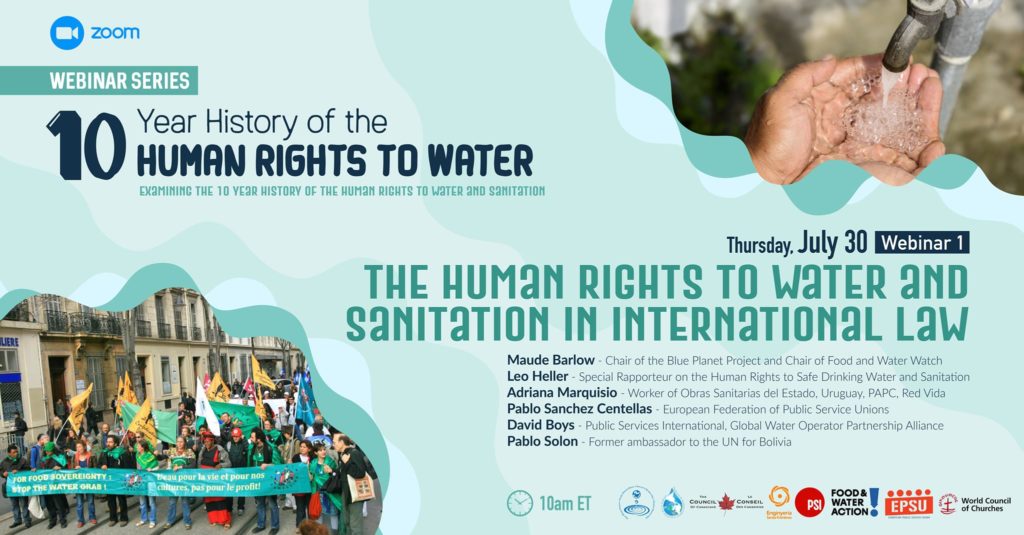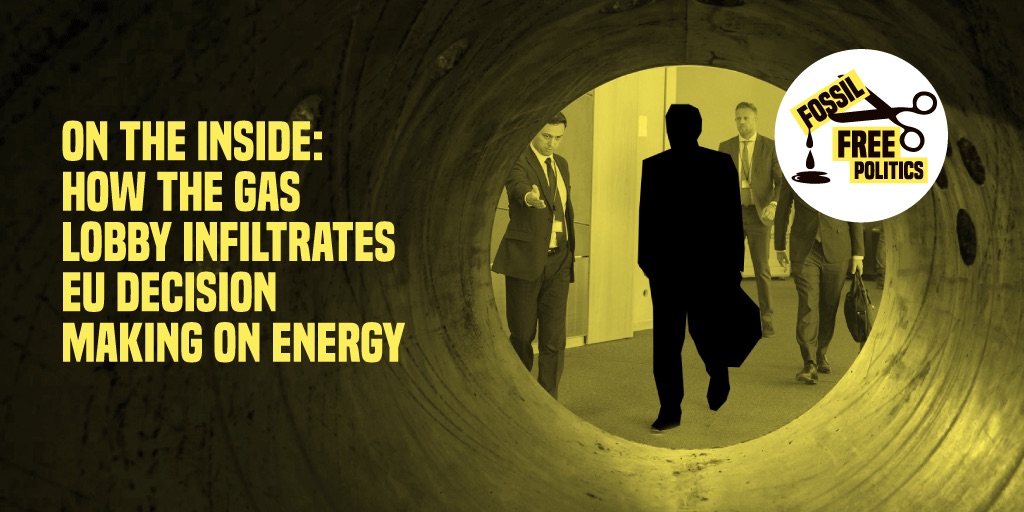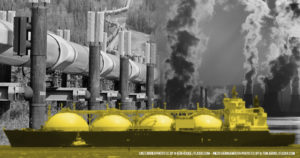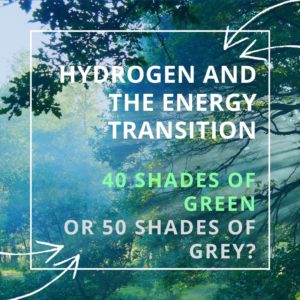Thanks to Irish groups’ perseverance, support for LNG terminals plummets
It has been a busy few weeks in the fight against LNG in Ireland. And the news is good.
Recent announcements by national political parties and the Advocate General of the European Court of Justice dealt blows to the ambitions of fossil fuel companies to build LNG import terminals in Ireland. Here’s a breakdown of recent developments, and what they mean for the activists who have been opposing LNG for years.
12 Years of Stalled LNG Projects
While Ireland has some indigenous fossil gas resources, it imports between 50-60% of its gas supply from the UK via an interconnector with Scotland. However, in recent years US companies have proposed building LNG terminals to enable the import of fossil gas in liquid form. It is likely that the main supply flow will come in the form of climate-hostile and environmentally destructive fracked gas.
US company New Fortress Energy is seeking to build the Shannon LNG terminal in the south-western county of Kerry, while US LNG developer Next Decade has a Memorandum of Understanding with the Port of Cork to install a floating regasification terminal in the city’s harbour.
The Cork project would import fracked LNG from Texas, where communities and indigenous tribes in the Port of Brownsville are fighting to stop the construction of an LNG export terminal there. Though the Cork project is still in its early stages, local Irish activists are determined that it will not become a reality.
However, the Shannon LNG terminal has had Irish government support since it was first granted planning permission in 2008. Since 2013, the terminal has been included by the European Union on its ‘Projects of Common Interest Lists’, which identify priority energy projects which can avail of special treatment (such as a fast-tracked Environmental Impact Assessment) and public funding. Despite this high-level political support, construction of the terminal has never started, as the project faced legal disputes over the cost of connection to the national gas grid.
The project passed between several owners before ending up in the hands of New Fortress Energy. In 2018, the original planning permission expired; for the project to continue, an extension to the planning permission was required.
Organised Opposition to LNG Grows
At the same time that the Shannon LNG planning permission expired, the campaign against LNG in Ireland started to come together, at a national and often international level. A broad coalition of grassroots groups and NGOs, including Food & Water Action Europe, joined forces to write a submission to the planning authority, outlining the reasons why extending the planning permission for Shannon LNG would be contrary to principles of climate action, biodiversity protection, and human rights. The submission included testimonies from communities impacted by fracking in the US, to illustrate the international implications of importing fracked LNG to Ireland.
Regardless, the planning authority granted Shannon LNG an extension of its planning permission. However, the submission gave non-profit Friends of the Irish Environment legal standing to take a judicial review case, challenging the decision of the planning authority. The responsible judge agreed that there were real questions over whether the extended planning permission complied with EU laws for the protection of wildlife, and he referred the case to the Court of Justice of the European Union.
Further Barriers to LNG in Ireland
While waiting for the EU court to reach a decision, activists continued to build public opposition on the ground. ‘No to fracked gas import terminals’ became one of the key demands of the growing Irish climate movement. Politicians began to listen to and share activists’ concerns, and by the time of the general election in February 2020, all but two of Ireland’s mainstream political parties (Fine Gael and Fianna Fáil) had pledged their opposition to Shannon LNG. The Green Party is now in talks with these same two parties to form a coalition government, and one of their demands for government formation is a national policy against LNG infrastructure.
In response to a range of questions posed by the Green Party, the Fianna Fáil and Fine Gael parties finally issued a joint policy statement on 28 April which said that building large-scale fossil fuel infrastructure such as LNG terminals does not make sense. While there are caveats to this declaration, and not all party members are in agreement, this announcement is an important milestone: for the first time ever, all mainstream Irish political parties are on the record as saying they do not support Shannon LNG.
Two days later, the plans for LNG development met yet another obstacle. Ruling on the judicial review that had been referred to the Court of Justice of the EU, Advocate General Juliane Kokott found that under EU law, the planning permission for Shannon LNG should not have been extended without an environmental impact assessment. This opinion is not binding, but it will help the Irish judge to reach a decision on the case in the coming months. Whatever the final decision of the courts, it will likely mean further delays and administrative burdens for the Shannon LNG terminal.
For now, activists in Ireland – supported by Food & Water Action Europe and US grassroots groups – are remaining vigilant, continuing to fight for an end to the build-out of new gas infrastructure like the Cork and Shannon LNG terminals. A public consultation on rules for priority EU energy infrastructure (the outdated TEN-E Regulation) has been opened in May 2020 and groups can input to call for an end to EU support for LNG and other fossil gas infrastructure until 8 June 2020.
Step by step, we are working together towards a fossil-gas free future. These events show just how much can be achieved by groups working together to oppose the fossil fuel system.




 Thanks to a strong campaign led by Food & Water Action Europe and a number of other European NGOs, the EU Commission will now revise a law which sets the rules for selecting EU priority infrastructure, the “Trans-European Networks for Energy” (TEN-E) regulation.
Thanks to a strong campaign led by Food & Water Action Europe and a number of other European NGOs, the EU Commission will now revise a law which sets the rules for selecting EU priority infrastructure, the “Trans-European Networks for Energy” (TEN-E) regulation.


 In Europe and around the world, hydrogen is increasingly seen as an important part of the energy transition. Industry and political actors believe it can help decarbonise transport, heating and industry. But is hydrogen really the zero-carbon miracle solution that will play a pivotal role in Europe’s decarbonisation?
In Europe and around the world, hydrogen is increasingly seen as an important part of the energy transition. Industry and political actors believe it can help decarbonise transport, heating and industry. But is hydrogen really the zero-carbon miracle solution that will play a pivotal role in Europe’s decarbonisation?